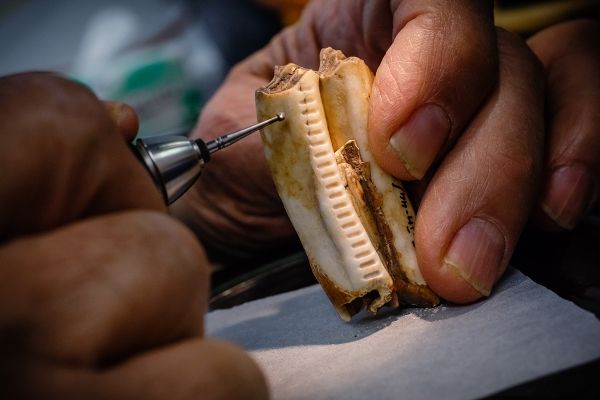The herders’ practice of penning their cattle, goats and sheep at night created nutrient-rich grassy glades, called hotspots, that still attract wildlife and have increased habitat diversity in the region, researchers report in the journal Nature.
Typically, the African savanna is scrubby, with small trees and shrubs and lots of bare soil, said University of Illinois anthropology professor Stanley Ambrose, who led the new research with Fiona Marshall of Washington University in St. Louis. The herding hotspots appear on the landscape today as dense, grassy areas several acres in diameter, he said.
“When Stone Age herders came to eastern Africa 3,500 years ago, they changed vegetation patterns for the better, rather than degrading the savanna, as is often believed,” Ambrose said. “Their abandoned settlements increased savanna grassland ecosystem diversity, resilience and stability.”
Continue reading at University of Illinois
Image via L. Brian Stauffer


